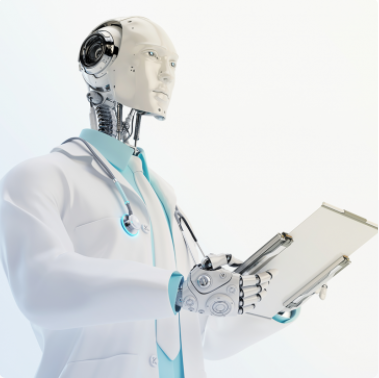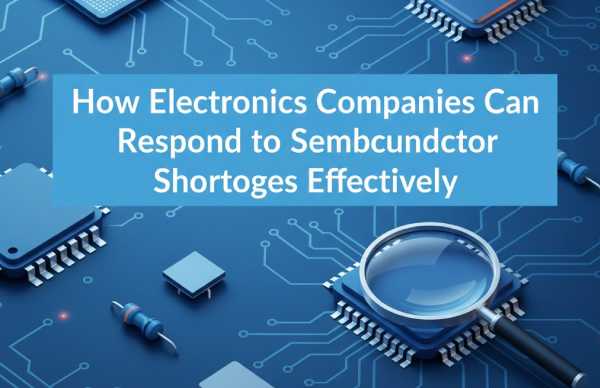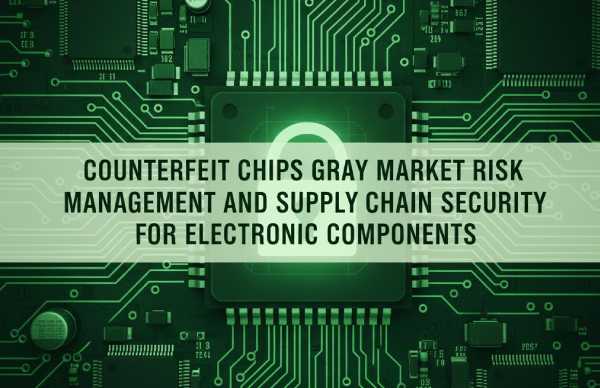RoboWeek is a week designed to inspire and motivate people of all ages to pursue STEM careers. From engaging students and promoting the robotics industry, to celebrating technological advancements, now is an exciting time to be a budding roboticist.

The use of robotics and artificial intelligence in healthcare is becoming increasingly necessary as people live longer and the need for physical and mental health care increases. But how do healthcare systems and the patients they serve benefit from the use of robots? Here Electronic Specifier discusses how the technology can help address healthcare needs in three areas.
Surgical robot
One of the important ways robots are helping healthcare is through surgery. Robotic surgery, also known as robot-assisted surgery, means that surgeons can perform minimally invasive procedures (“keyhole surgery” – surgery performed through a small hole) with greater precision than traditional surgery. The advanced technology of surgical robots enables doctors to perform complex surgeries while minimizing the risk of complications.
Care robot
Robots are used in patient care by assisting elderly patients and those with limited mobility. They help a person with everyday activities such as eating, bathing, grooming, and monitoring vital signs. The technology enables continuous care and support for patients without overburdening healthcare providers.
However, robots aren't just about caring for the elderly, they've also been introduced as adjuncts in counseling for children, as research has found that children are more open to small robots than adults. Now, their value is also recognized in helping people with autism spectrum disorder (ASD) learn to understand different emotions in a safe environment.
Disinfection robot
During the COVID-19 pandemic, robots are also an important part of the fight against the spread of the coronavirus. In some countries, robots are being used to disinfect hospitals and other public spaces, limiting the spread of viruses by covering critical surfaces with just the right amount of UV-C light to kill viruses and bacteria. Robots are also being used to deliver food and medicine to patients without human intervention.
As the technology develops further, we can expect more innovations in robotics to assist in various aspects of healthcare.
Five Benefits of Robots in Healthcare
1. Increased efficiency: Robots can perform repetitive tasks such as dispensing medication, monitoring vital signs, and conducting routine tests. This gives healthcare professionals more time to focus on more complex tasks.
2. Improved patient care: Robots can provide consistent and accurate care to patients, reducing the risk of human error. They can also provide 24/7 monitoring and support to help improve patient outcomes.
3. Reduced costs: By automating certain tasks, healthcare providers can reduce labor costs and increase efficiency.
4. Enhanced safety: Robots can be used to transport hazardous materials or perform tasks in hazardous environments, reducing the risk of injury or exposure to hazardous materials for medical staff.
5. Access to remote areas: Robots can be used to provide healthcare in remote or underserved areas where medical professionals have limited access.
If interested, please feel free to contact us via BOM!



























